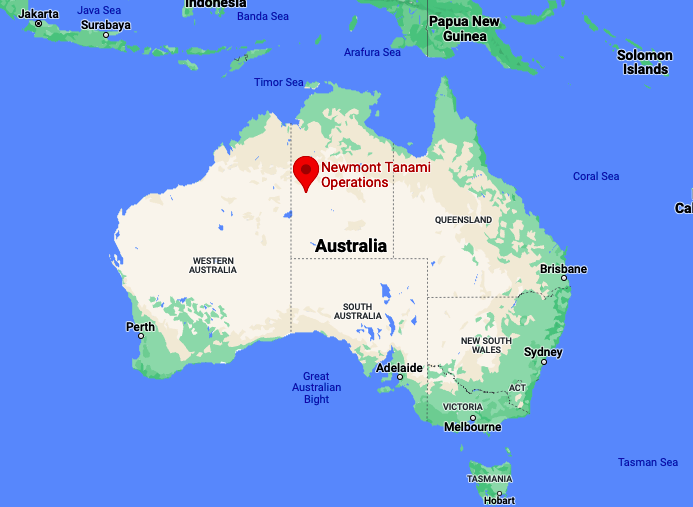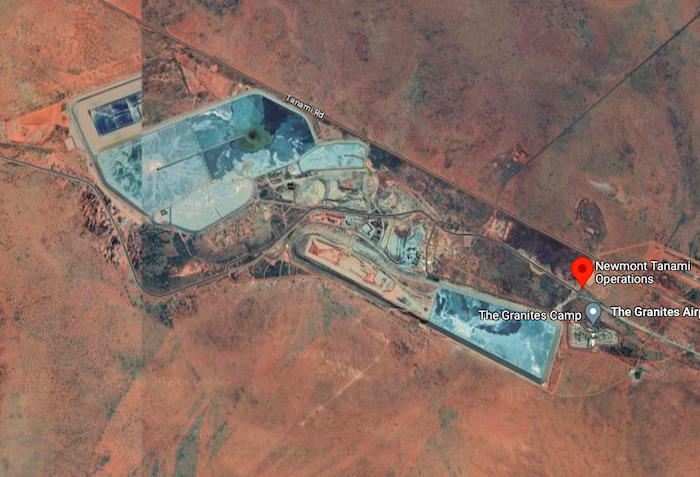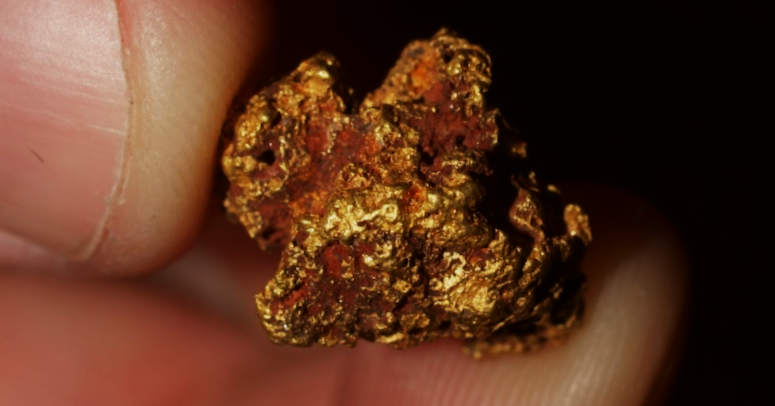
The Tanami Desert in the Northern Territory of Australia has been known to have gold since the 1880s. The exact year and circumstances of the initial discovery may vary in historical accounts, but it is generally attributed to the late 1880s. This discovery led to a period of gold rush and subsequent mining activities in the region.
The gold discoveries in the Tanami Desert attracted prospectors and miners who sought to capitalize on the gold-rich deposits. The extreme remote and challenging nature of the desert environment posed significant obstacles to early mining operations.
Persistent exploration and mining efforts gradually uncovered more gold-bearing areas, leading to the establishment of mining operations such as the Tanami Gold Mine and others in the region.
Discovery and Development of the Tanami Gold Mine
The Tanami Gold Mine was discovered in 1986, following extensive exploration activities in the region. The initial discovery led to the development of underground mining operations, which gradually expanded over the years. It is owned and operated by Newmont Mining Corporation, one of the world’s largest gold mining companies. The mine is situated approximately 540 kilometers northwest of Alice Springs.
Geology and Gold Deposits
The geology of the Tanami Desert is characterized by a complex assemblage of rocks that provide favorable conditions for the formation and concentration of gold deposits.
The Tanami region hosts significant greenstone belts, which are geological formations composed of metavolcanic and metasedimentary rocks. These belts are known to contain gold deposits globally. In the Tanami Desert, the greenstone belts have undergone extensive folding, faulting, and shearing, creating structural complexities known as shear zones.
Shear zones are areas of intense deformation, where rocks have been subjected to extreme pressure and movement. Gold-bearing fluids can circulate along these shear zones, depositing gold-rich mineralization. The gold deposits in the area are primarily found within quartz veins associated with shearing and folding of rocks. These veins form when hot fluids rich in silica and other minerals are forced into fractures and cracks in the rocks.

The Tanami Desert is extremely remote and receives few visitors.
Mining Methods Used
Both open-pit and underground mining methods allow Newmont to access multiple rich deposits at the Tanami Gold Mine. Open-pit mining involves the extraction of near-surface gold deposits using large-scale equipment, while underground mining involves accessing deeper deposits through underground tunnels and stoping methods.
The deepest tunneling at the mine now exceeds 1000 meters. With the mine currently still in operation, miners may continue to blast and tunnel deeper in the coming years.
Production and Processing On-Site
The Tanami Mine has been a consistent producer of gold since it first came into production. It has contributed significantly to Australia’s gold production. Once the ore is extracted from the mine, it is transported to the processing plant. At the processing plant, the ore undergoes various crushing, grinding, and leaching processes to extract the gold. This typically involves crushing the ore into smaller fragments, grinding it into a fine powder, and then subjecting it to chemical processes to separate the gold from other minerals.

An aerial view of the Tanami Mine.
Economic Impact to the Region
The Tanami Gold Mine has had a positive impact on the local economy and employment opportunities in the region. The mine (directly and indirectly) has approximately 1200 employees. Due to the extreme remoteness of the mine, they work on a fly-in and fly-out basis throughout the year.
This mine provided jobs for both local communities and workers from other regions, contributing to the economic development of the Northern Territory.
Other Mines in the Tanami Desert
Apart from the Tanami Gold Mine, there are other mines and exploration projects in the Tanami Desert region of Australia. While the Tanami Gold Mine is the most prominent and well-known mine in the area, there are other significant mineral deposits and mining operations in the region. Here are a few examples:

The 953 Ounce Gold Nugget found in Victoria | Epic Historical Find
The Gympie Gold Rush to Queensland
More about Gold Mining in the Northern Territory










